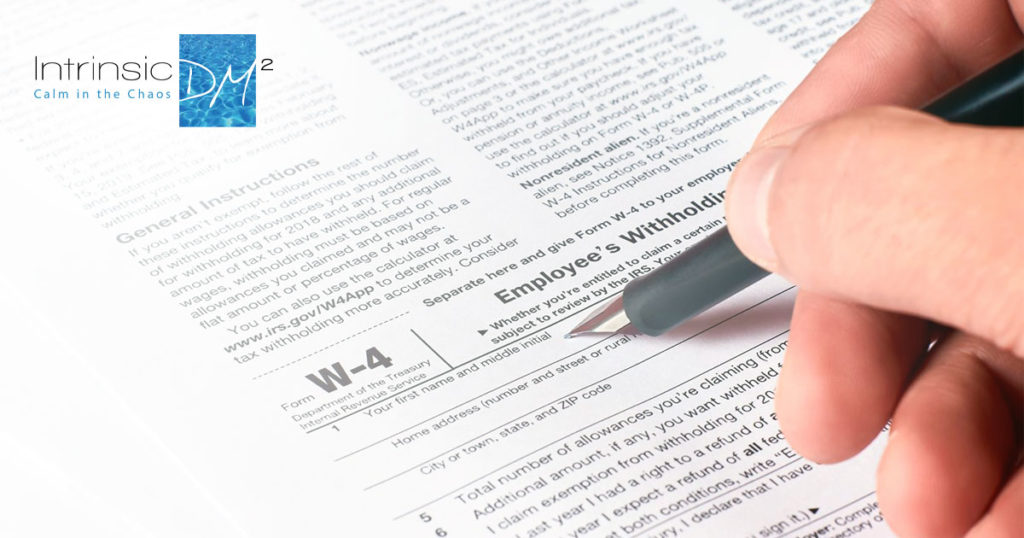This tax season raised many questions concerning federal and state withholding.
The 2017 Tax Cuts and Job Act reform the individual income tax code by lowering tax rates on wages, investment, and business income, broadening the tax base, and simplifying the tax code.
On December 5, 2019, the IRS issued the redesigned 2020 form W-4 that was initially expected in 2017 after the enactment of the TCJA. The 2020 W-4, Employees withholding Certificate, is an updated version to the previous Form W-4, Employees Withholding Allowance Certificate.
Form W-4 basically provides employers with information such as the employee’s filing status, multiple jobs adjustments, amount of credits, amount of other income, amount of deductions, and any additional information needed to compute the right amount of income tax to withhold from employee paychecks. If employees fail to complete Form W-4 correctly, employers need to withhold federal income taxes from their wages if they were single with no other adjustments.
Employees can change the entries on Form W-4 for any number of reasons related to their personal or financial situation. If employers receive a revised Form W-4 from an employee, they must put it into effect no later than the start of the first payroll period ending on or after the 30th day from the date they received the revised form. Employees can also ask to be exempt from withholding, but only if they had no tax liability for the previous year and expected no tax liability for the current year.
So why do some employees find the new W-4 so confusing?
The new design is significantly different from previous versions, replacing numbered withholding allowances with straightforward questions. The form’s dramatic new look, personal and dependency exemptions have been removed. These changes, coupled with new worksheets and updated tax credits, can make the new W-4 appear confusing at first glance.
The 2020 version of the W-4 form eliminates the ability to claim personal allowances. Previously, a W-4 came with a Personal Allowances Worksheet to help you figure out how many allowances to claim. The more allowances you claimed, the less an employer would withhold from your paycheck, and the fewer you claimed, the more your employer would withhold. Allowances were previously loosely tied to personal and dependent exemptions claimed on your tax form. Although the standard deduction was doubled as a result of the TCJA, personal and dependent exemptions were eliminated.
The new form aims to make the process easier for both employees filling out the form and employers withholding taxes. It has five sections to fill out versus the seven sections from the pre-2020 version.
If you are single or married to a spouse who does not work, does not have any dependents, only has income from one job, and does not claim tax credits or deductions (other than the standard deduction), filling out a W-4 is very straightforward. As of 2020, all you require is to provide your name, address, Social Security number, filing status, and sign and date the form.
If your tax situation is more complex, you will need to provide information on dependents, your spouse’s earnings, additional income, and any tax credits and deductions you plan to claim.
Aside from your personal information, Steps 2 through 4 are optional and only apply to taxpayers who have multiple jobs or a working spouse (Step 2), are claiming dependents (Step 3), or who have special adjustments to their income, deductions, or withholding (Step 4). Step 5 is signing the form.
Step 3 allows employees to withhold extra amounts for taxpayers who owed significant tax amounts or incurred underpayment penalties if you withhold less than 90% of your current year or 100% of the prior year’s tax liability.
The IRS offers an online Tax Withholding Estimator, which helps with W-4 steps 2 through 4.
Contact Intrinsic dm², Inc for further assistance.

